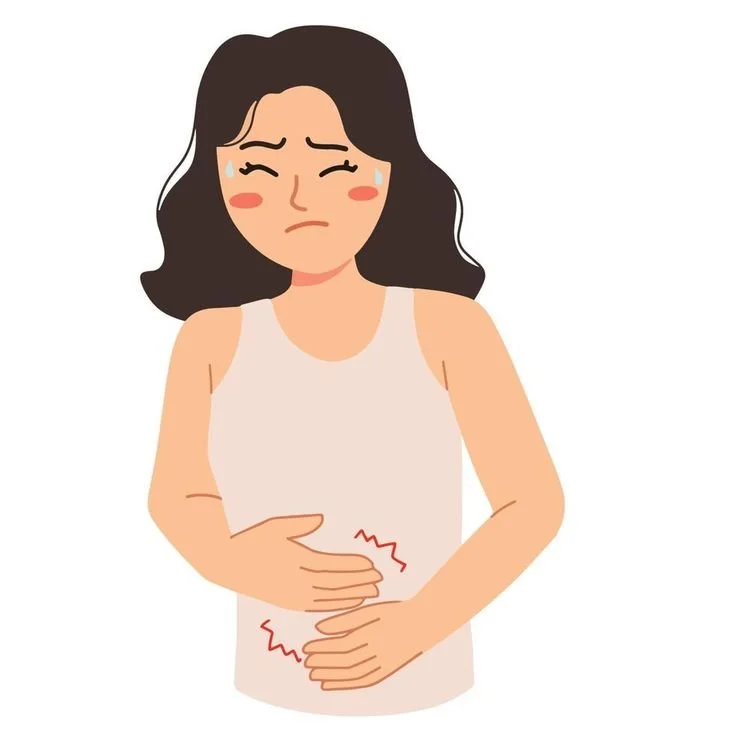Monthly Must Knows
So many women around the world don’t understand how complex and unique our bodies are. Many of us only know that when we get our periods, it’s a sign that we aren’t pregnant. But there are so many other intricate little things going on in our bodies before and after that and it is important that we understand the different hormonal changes women go through. Nutrition is especially important as it can help aid you during your 2 phases that are broken down into 4 categories.
The Period: The actual menstrual cycle (also known as the period) is a period of time, approximately every month, where vaginal bleeding occurs. This normally starts with young girls around 11-14 years of age, when puberty begins. A period normally lasts 4-5 days with a 28 day break in between. When you get your period, it’s your body telling you that you are not pregnant. This occurs when estrogen and progesterone levels drop, signaling your body to start menstruating. During your period, your uterus lining sheds going out the vagina bringing blood along with it. This happens because before your period, the body is preparing for pregnancy which causes the uterus lining to thicken so it can care for a fertilized egg. If you are not pregnant, the body doesn’t need that extra tissue so it discards it by breaking it down. Something to note, if you just got your period the first year or two it may be inconsistent. This is perfectly normal and nothing to raise an alarm to. Regular periods shed about 2-3 TB of blood but this can vary depending if your flow is heavy or lighter. An interesting fact about periods is that women experience on average about 450 periods in their lifetime.
Follicular Phase: The follicular phase comes after your period. It’s the longest phase, lasting 14-21 days. During this time your estrogen and testosterone start to rise. You begin to have an improved mood along with improved energy. In your follicular phase, your follicles, which are small sacs filled with fluid, develop in the ovaries. These sacs contain eggs that are released during ovulation which is the next phase.
Ovulation: Ovulation is the time where a mature egg is released by the ovary. This would be the best time to conceive since the egg is now mature. During ovulation you may have dull cramping, often on one side of your stomach. Some signs and symptoms you are ovulating include heightened senses, soreness in your breast, and discharge. Ovulation is very short and only lasts around 36 hours.
Luteal Phase: Your luteal phase is the last phase before your period. It begins when a mature egg makes its journey to the uterus. This normally lasts for 14 days, ending when you begin your period/ when you start bleeding. There are many symptoms of your luteal phase such as mood changes, bloating, acne, cravings, and fatigue.
A woman’s body is so unique and it’s a beautiful thing that we can create life within our bodies. Knowing the different phases can help you grasp a better understanding of why we experience different symptoms at what seems to be random times. Understanding what happens to our bodies, this leads us into the nutrition for the different phases which can be found in the Periods category.
Love, Always,
Sophie




